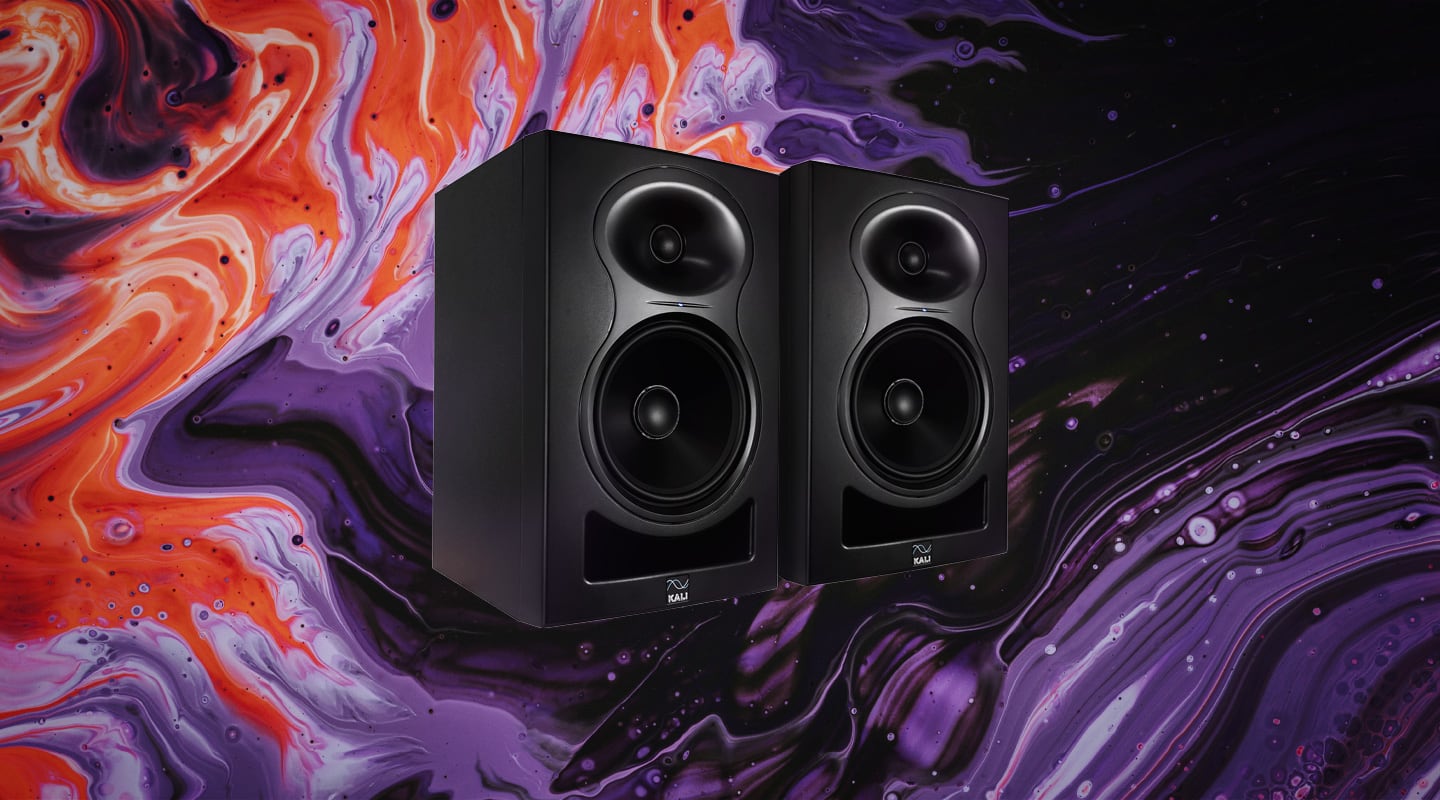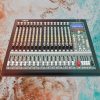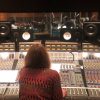
Review: Kali Audio LP-8 Active Studio Monitors
Kali Audio is the new kid on the monitor block but its LP-8 isn’t afraid to go up against the big boys.
Kali Audio was birthed in early 2018. Based in California, the team of passionate audio lovers are apparently as patriotic of their state (hence ‘Kali’ audio) as they are good at designing and engineering studio monitors. All Kali Audio’s products are named after Californian locations too, and the LP Series stands for Lone Pine – a town near the state’s centre at the base of Mt Whitney. The LP series consists of the eight-inch LP-8 and 6.5-inch LP-6.
While Kali’s products have caused a stir in the pro audio community for their outstanding performance, they’re not as expensive as you might expect. The LP-8 eight-inch studio monitors sit in the same price bracket as the Presonus Eris E8 XT and Adam Audio T8V – well within reach of a serious home studio, or an easy buy for an established broadcast or post production facility.
After seeing the Kali name pop up increasingly, often in audio forums and on my social feeds, I was looking forward to trialling a set of their LP-8 monitors.
UNDER THE BONNET
The LP-8 is a bi-amplified active monitor powered by a 100W Class-D amplifier, of which 40W goes to the one-inch soft dome tweeter. Crossover frequency is at 1.8kHz and Kali states a ±3dB frequency response of 45Hz – 21kHz. The LP-8 will reach a maximum SPL of 114dB. Each monitor weighs 9kg. Input options consist of balanced XLR, balanced TRS and unbalanced RCA.
Before setting up the LP-8 for the first time, pay attention to the seven little switches on the back of the units. These determine the boundary EQ presets for where you sit each monitor:
- On stands away from walls
- On stands within 0.5m of a wall
- Against a wall
- On a meter bridge
- Wall mounted
- On a desk away from walls
- On a desk within 0.5m of a wall
The final three dip switches control a ±2dB HF/LF shelf trim and the on/off status of the RCA inputs. The volume knob is indented at the 0dB position and there’s a blue ‘power on’ LED. A front facing bass reflex port is shaped to the bottom curve of the woofer. I love the sleek black design and the figure-eight accenting on the front panel framing the woofer and tweeter – the LP-8s look the business.
REALISTIC EXPECTATIONS
Coming from six-inch monitors, it’s always refreshing to crank up music through a pair of eights. There’s a lifelikeness that simply can’t be replicated with smaller drivers. The Kali LP8s have this quality in abundance, breathing a sense of realism and three-dimensionality into my reference playlist.
Sonically they’re a rather inoffensive monitor and never sound aggressive. Uncoloured and neutral, the LP-8 has the true mark of a studio monitor in its lack of hype or notable deficiencies anywhere along the frequency spectrum. The wide ‘3D imaging’ waveguides provide a forgiving lateral sweetspot with very little noticeable shift in sonic character moving my head out past the firing line of either monitor. The tweeters magnify detail in cymbals, percussion and vocals with depth and sensitivity. A standout moment was the way a mandolin solo on a country tune jumped out of the speakers. The LP8 really excels in reproducing acoustic instruments.
NEED TO KNOW
Low end is present, uncoloured, and extends a long way down – chunky EDM bass drops plunge to surprising desk-rattling depths. You’d have to be quite the bass nut to crave a complementary sub with the LP-8. However, I found the low end slightly lacking in articulation. In big electronic or dub tracks, thick bass synths felt a touch woolly and indistinct; although for classical, acoustic or jazz tunes this actually suited the material perfectly. Make sure you find the right listening distance and spot in the room for ideal results in bass response.
SPACE & IMMERSION
The LP-8s supply a wonderful sense of space and immersion. Of course this partially depends on how the monitors are positioned, but it’s a delight mixing on the LP-8s when they’re far enough apart to allow the stereo image to spread out before you like a panorama. Like sticking your head inside a diorama, the LP-8s have somewhat of an enveloping quality that makes you more of a participant in your music than just a spectator on the sidelines. Mixing on them is a blast. Tiny adjustments to a track’s pan knob can be pinpointed in the stereo field and small EQ changes manifest themselves audibly.
I noticed a soft hiss of noise whenever the monitors were switched on, even when connected with balanced cables and with the RCA input switch deactivated. A touch of noise isn’t a dealbreaker by any means but detectable enough to include in this review.
GET LOUD
One thing’s for sure – the LP-8s have bucketloads of headroom. I had the monitor level below the 0dB mark for the listening tests conducted in my small home studio, and even still I had to be delicate with my interface’s volume knob. They can get seriously loud and if you want to truly unleash them, you’re going to need a sizeable listening room that’s well treated with both high-end diffusion and low-end absorption. The good news is the monitors imperturbably held onto their composure with very low distortion even at the highest SPLs I could manage.
The Kali Audio LP-8 represents fantastic value for money. The level of transparency and precision they give you is comparable to much more expensive monitors. As always a monitor with this much power will only sound as good as the room it’s in, so treat them right and you’ll be sorted for loads of mixing fun.



























RESPONSES